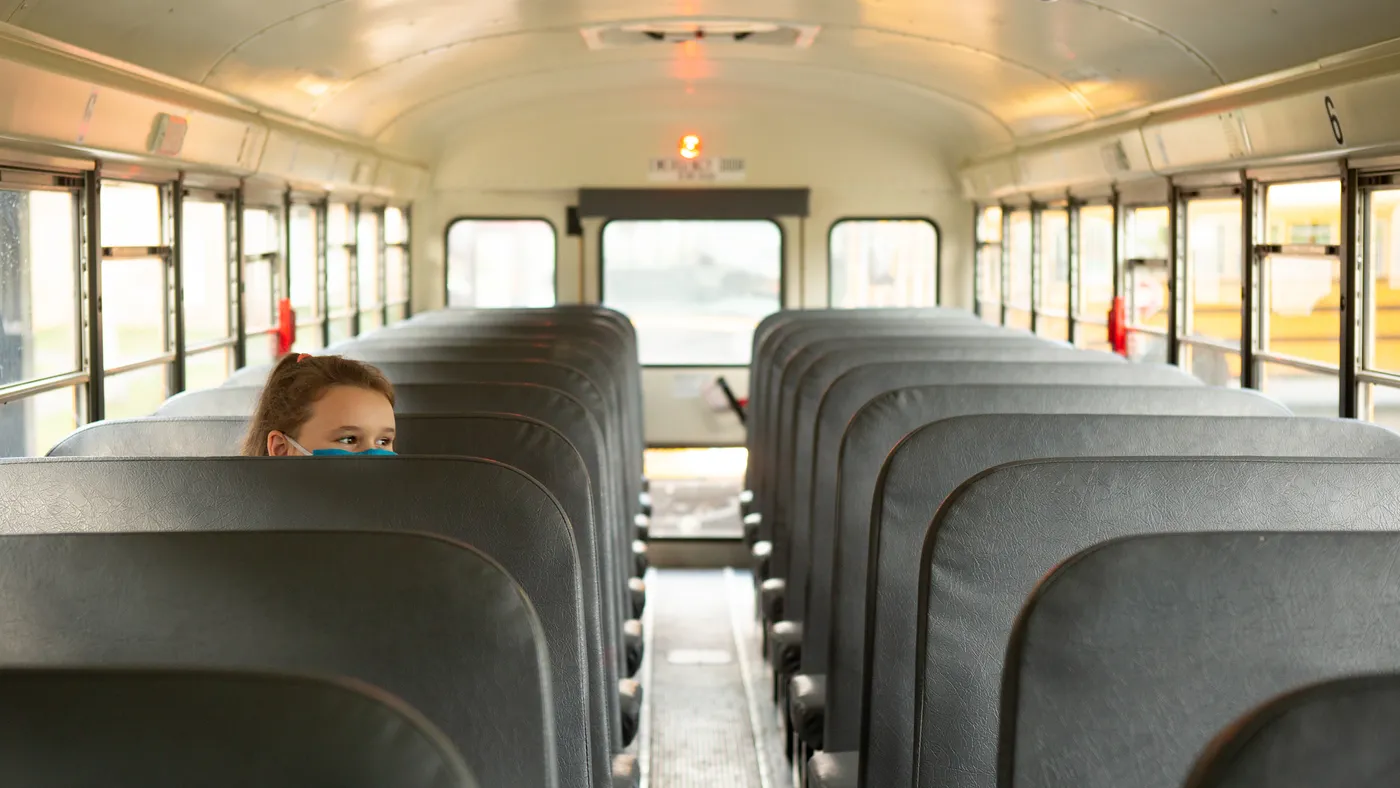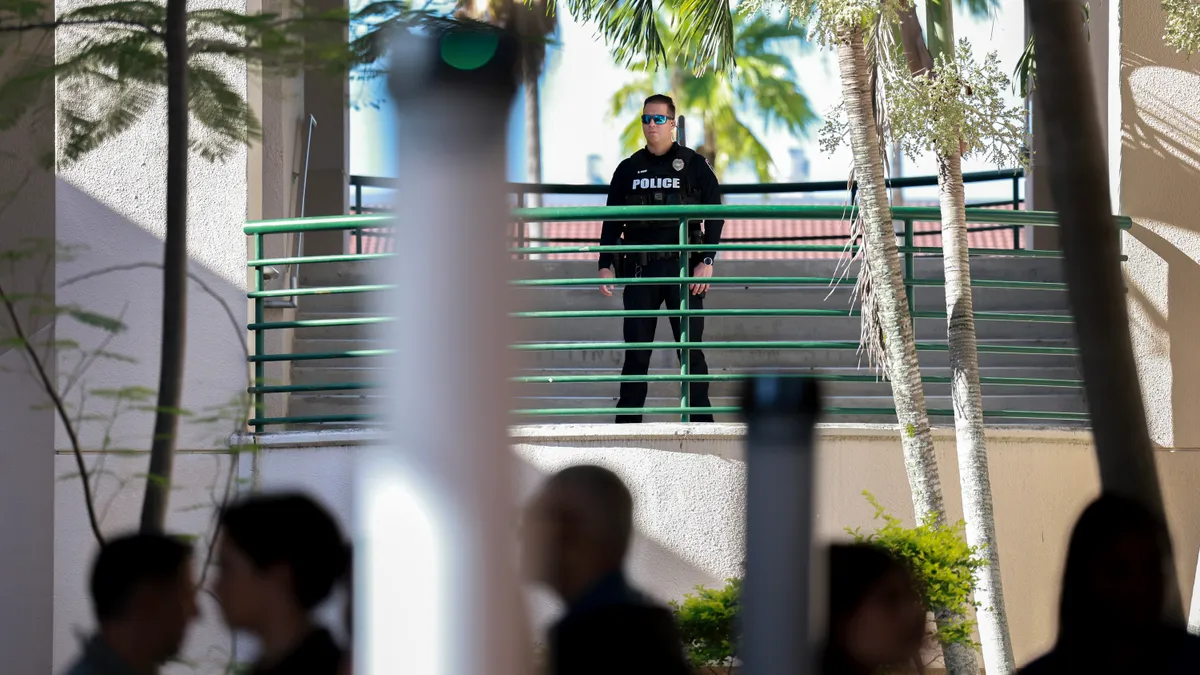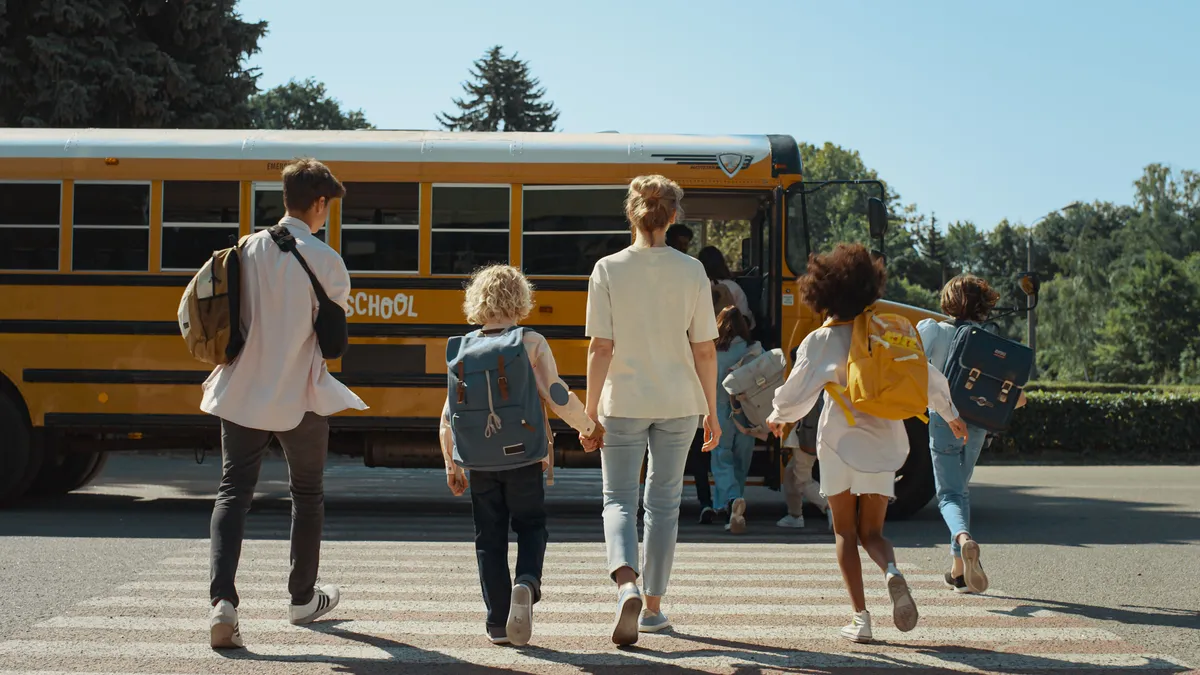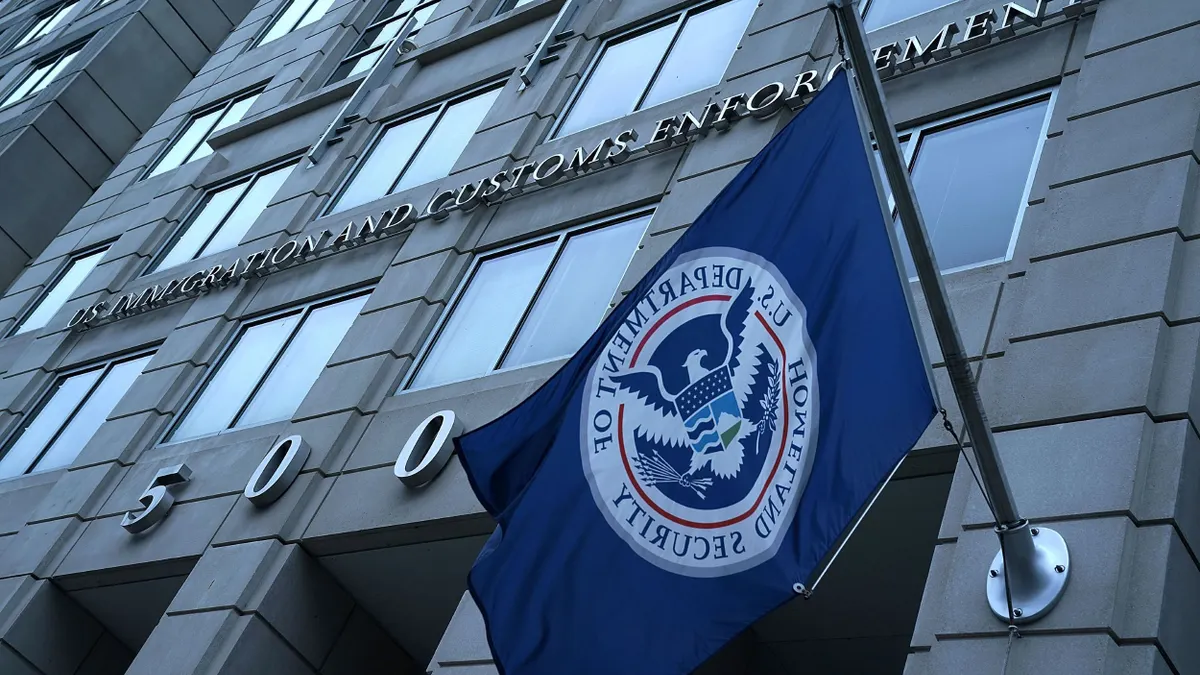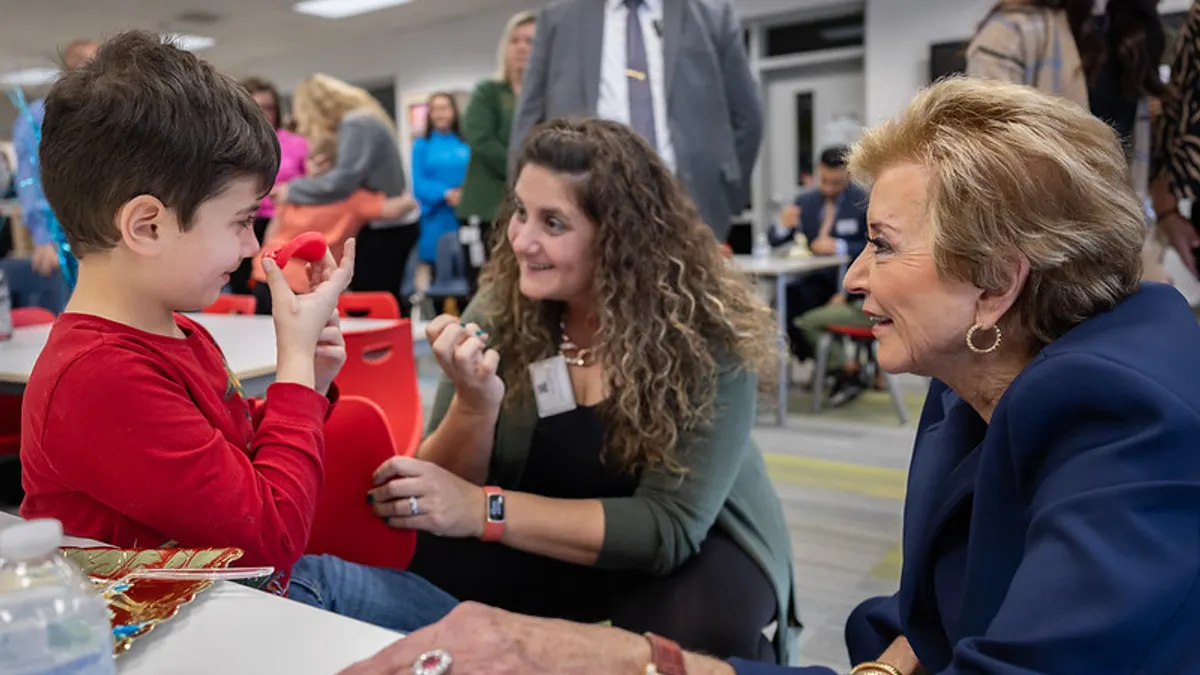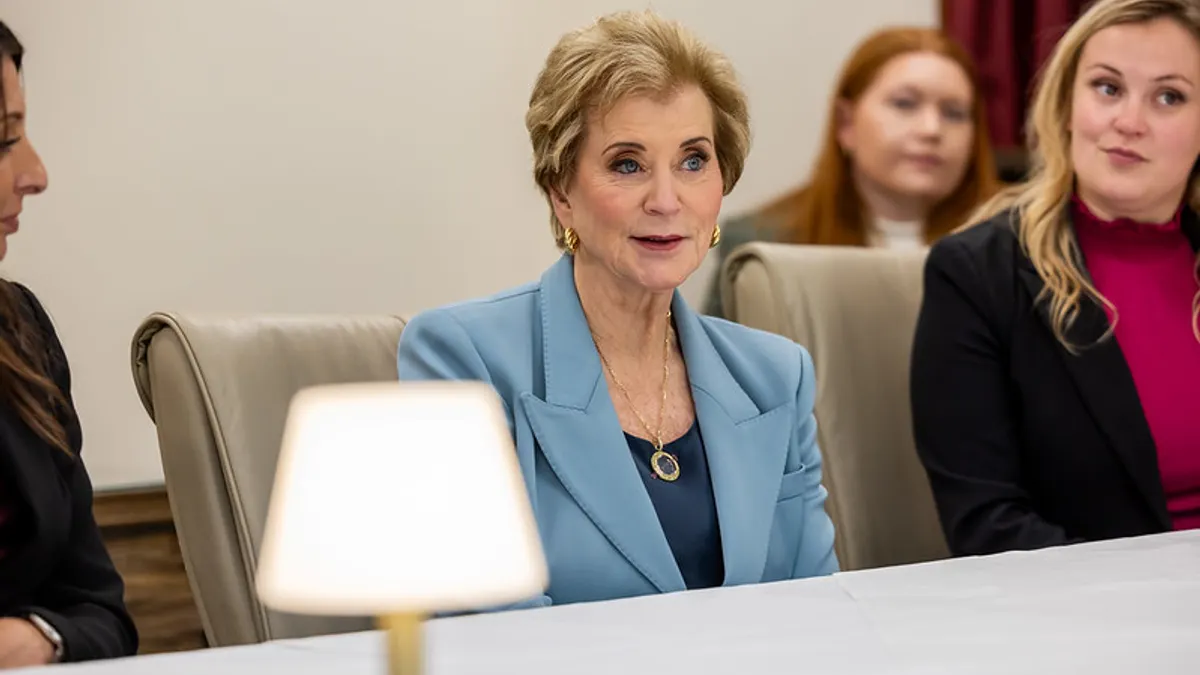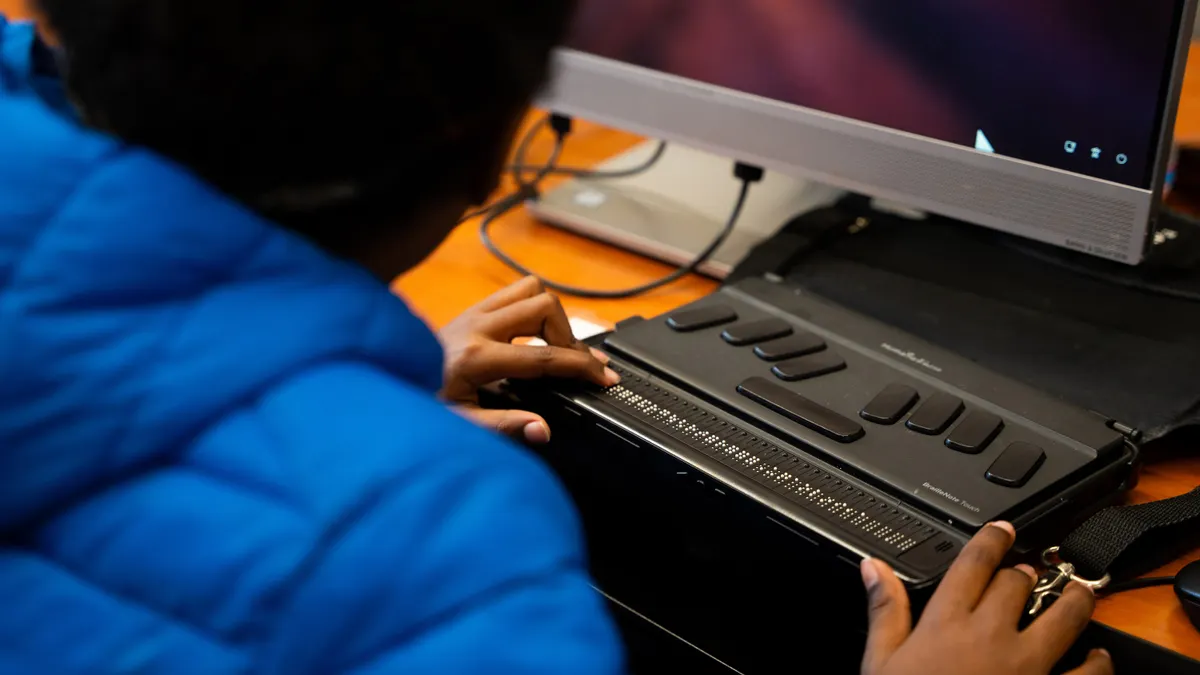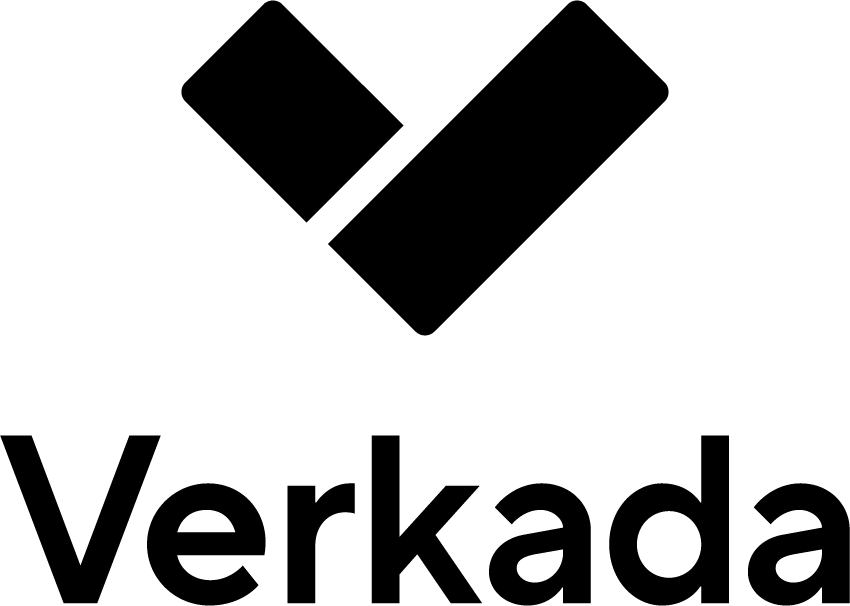She was too clean, too smart, too pretty and $28 dollars too rich to be considered homeless — these were just some of the responses Krystle Crawford got over the years when trying to navigate government programs designed to help the homeless.
“When I was seeking different caseworkers, everybody would always encourage me to ask a friend or ask a ‘boyfriend’ for help,” Crawford, now 37 years old, said. “You literally had to fit a certain definition or you couldn’t get help, and that's basically: Black, barefoot, pregnant, can’t read.”
Crawford didn’t fit the bill. In 2002, she was an honors student with scholarship offers lined up. That was until she was orphaned as an emancipated 17-year-old and couldn’t access stable housing through the government.
Years later, as a mother of two on Christmas Eve in 2017, when she and her 7- and 4-year-old sons were put out on the street by yet another family member, she chose to get a motel room for the night.
The decision was a temporary one in a string of more than a dozen similar moves across state lines and over the course of nearly a decade that would disqualify Crawford, who was only $28 above the poverty line at one point, from accessing stable housing for years to come.
Students can slip through the cracks
Students and families like Crawford’s that districts have identified as homeless qualify for services under the McKinney-Vento Homeless Assistance Act. But a majority usually don’t get access to federally funded supports such as “rapid rehousing” to quickly connect families with permanent housing, continuum-of-care grant programs and other U.S. Department of Housing and Urban Development services meant to stabilize the homeless.
At the heart of the problem is a difference in the definition of “homelessness” under two separate federal agencies. While HUD defines homelessness as living on the streets or in a homeless shelter, among other categories, the U.S. Department of Education’s definition under the McKinney-Vento Act extends to children or families sharing housing with others — commonly referred to as “doubled up."
The difference in definition tends to disproportionately exclude students and their families, as they are more likely to choose doubled-up living situations or motels over homeless shelters and the streets.
As a result, in some districts K-12 Dive spoke to, as many as 70% of students who are identified as homeless for McKinney-Vento services are barred from HUD resources. Nationally, 78% of students experiencing homelessness were doubled up in the 2019-20 school year, according to data released in 2021 by the Ed Department.
“People with kids don't sleep out under the stars unless they absolutely have to,” said Laura Tucker, district homeless liaison and social worker for Hillsborough County Public Schools in Florida. “And that's why they don't qualify for HUD most of the time — because they will do anything not to have to live out in a tent.”
A majority of homeless students are doubled up
Approximately 3.7 million people do not have a home of their own but have spent time doubled-up in another person’s house to keep a roof over their heads. By HUD’s count, Black, Hispanic and other families of color are more likely to be doubled-up.
Those who are doubled up, last counted in 2019, are expected to have increased because of the COVID-19 pandemic, which led to more social distancing and less shelter space, and the resulting recession.
“Who wants to go to a shelter in a pandemic?” said Barbara Duffield, executive director of SchoolHouse Connection, which advocates for ending homelessness through education. “So the result is more doubling up, more really tenuous mobile situations where someone sneezes and you get kicked out, or you're an essential worker and people are afraid you're going to bring [COVID-19] back.”
Some district homeless liaisons recall families who decided to take the jump and enter a homeless shelter, only for shelter staff to urge them to double up with friends, family members or anyone else they may know, both during and before the pandemic.
These living arrangements can be riskier and often more unstable than homeless shelters, liaisons and nonprofit staff say.
So the lie is that living with other people is less vulnerable than being outside. It was not true before the pandemic, and it's even less true now.

Barbara Duffield
Executive Director, SchoolHouse Connection
Families are often kicked out of their temporary living situations at a moment’s notice, many times because landlords do not allow long-term guests or because of disagreements among residents.
Multiple homeless liaisons recounted parents and even students exchanging sex for a roof over their heads. Some described parents who are desperate to avoid shelters renting out “squares” of spaces marked off by duct tape in others’ living rooms or taking on unsafe and under-the-table jobs in exchange for housing.
“So the lie is that living with other people is less vulnerable than being outside,” Duffield said. “It was not true before the pandemic, and it's even less true now.”
The instability of doubling up or living out of motels is increasingly making identifying and serving McKinney-Vento students more difficult for schools, despite extensive research showing stable and affordable housing is linked to better student outcomes.
Doubled-up students, in particular, are more likely to have significantly lower GPAs and less likely to graduate on time than those in stable housing. Poor-quality housing is also associated with lower kindergarten-readiness.
Schools step in where HUD falls short
While Crawford bounced from one temporary housing arrangement to the next every few months, weeks and even days without HUD assistance, her eldest son, Jordan, missed out on crucial early education services.
Then when he turned 6 and was legally required to attend school, he immediately qualified for McKinney-Vento, including transportation to and from school. Despite getting those services, being homeless still had its impact.
“I heard him telling his brother one day about a kid that was picking on him because he didn't have his own place to sleep,” Crawford recalled. “Because when they picked him up on the bus, they picked him up from the church.”
It is often school districts that must expend resources and staff to identify and help provide wraparound services, such as housing, for doubled-up students like Jordan in place of HUD, which didn’t recognize the Crawford family as technically homeless.
Families who are not technically homeless by HUD standards ”don't have access to community resources like food, clothing, or transportation services, so schools become the social service agency to provide homeless families with as much support as we can,” said Jani Koester, co-facilitator of the Doubled Up Workgroup, which is affiliated with the Homeless Services Consortium in Madison, Wisconsin.
The school Koester works for during the day maintains a donation closet stocked with emergency foods, school supplies, clothes, air mattresses, tents and blankets for when students may need them.
“We provide all those things that, when you walk into a shelter, are provided directly to you,” Koester said. “Those things in our donation closet come from taxpayers.”
How successful schools are in providing such assistance usually depends on community connections: Some schools can only provide services like laundry facilities, while others are linked to local nonprofits that can help students and families obtain housing.
Areas that successfully help students and families obtain housing often have schools and local organizations steeped in grassroots work, and successfully housing doubled-up families can take years of coordinating, advocating, navigating politics and locating state and local funding streams.
Doubled-up families assessed ‘at-risk’
In 2017, the nonprofit Chicago Coalition for the Homeless entered a breakthrough partnership with the city to identify and house homeless families through schools, culminating years of work.
The city initially balked at the idea of housing doubled-up families, said Julie Dworkin, director of policy for the Chicago coalition.
About 85-90% of homeless students identified for McKinney-Vento services in Chicago are doubled up and ineligible for HUD resources, data Dworkin and her team presented to city officials.
“And we said, ‘Look … if you are trying to stabilize schools and keep families stable in these schools and you only serve families in shelters, you're only going to be serving a few families in each school,’” Dworkin added.
The city eventually agreed: It would pick six schools to pilot a program and assess families from each for vulnerability and risk, including assessing trauma, mental health needs, disabilities, experiences with the child welfare system, number of children and employment. The assessments did not include whether families were living in shelters or doubled up with others.
“So basically, they were looking at factors that impact all families and just not looking at the particular form of homelessness,” Dworkin said. “And they found that the doubled-up families were just as vulnerable in these categories as the sheltered families.”
Using approximately $1 million in funds accrued from an Airbnb surcharge and 100 city-funded housing subsidies, the coalition was able to rehome 100 families, including many who were previously in doubled-up living situations.
After the initial 100 families who were housed in 2017, however, the coalition could not expand its program. It came down to one thing — “we need more resources,” said Dworkin.
Change stalls over common concern
In fact, “We need more resources” has become a refrain in the years-long debate over expanding the definition of homelessness.
Those in favor of expanding the definition — often nonprofits, advocacy groups, districts, McKinney-Vento homeless liaisons and lawmakers — cite a lack of resources for doubled-up families as a reason to expand the definition.
Those against expanding the definition of homelessness — lawmakers, homelessness nonprofits and advocacy groups, among others — also say there is a lack of resources needed to support the additional families who would qualify for federal support if the definition were expanded.
If HUD counted doubled-up families or those living out of motels as homeless, the number on homeless rolls would drastically increase, signaling to lawmakers the need for more funds, advocates say.
Instead, the official count includes only those on the streets or in shelters and is conducted one night every January.
“It's cold outside, so I may be sleeping on someone's couch, and then I’m not technically part of that count,” said Jamie Rife, executive director of the Metro Denver Homeless Initiative who previously served as the McKinney-Vento state coordinator at the Colorado Department of Education. “Even if every other day in January, I slept outdoors.”
In the Denver area, because of the nature of the count and the narrow definition of homelessness, that means while there were 6,104 homeless people reported to HUD, the actual number of those needing homelessness supports over the course of a year is closer to 32,000 people — almost five times more than the reported count.
“If they were to incorporate our doubled-up numbers and those that are self-paying for motels, I think that that would dramatically increase what HUD would have to allocate to each continuum of care,” said Anna Theisen, program manager for Homeless Education Program in Denver Public Schools.
However, those opposed to an expanded definition likewise cite a lack of resources — but as a reason to limit who should be counted as homeless.
The latest round of bipartisan legislation pushing for an expanded definition, the Homeless Children and Youth Act introduced by Sen. Dianne Feinstein, D-California, in April 2021, has been met with such pushback. The bill is the most recent reintroduction of a proposal passed by a House committee in 2018 and reintroduced once more in 2019.
As with the legislation, the stalemate over resources also dates back to far before the pandemic.
“This extreme surge in eligibility would swamp a system that is already under-resourced,” wrote Noelle Porter, then on the congressional relations team for the National Alliance to End Homelessness, a nonpartisan organization committed to preventing and ending homelessness, in a 2018 email to Capitol Hill staff. Porter said the bill would “only increase demand for shelter and services.”
She added, “This legislation would only make it more difficult for unsheltered and endangered families, children, and unaccompanied youth to get assistance.”
For the most recent version of the legislation, similar concerns have resurfaced.
“I think the challenge on the HUD side is that, in all reality, we're managing scarcity,” said Rife. “So there has to be some sort of prioritization process in place for the scarce amount of housing resources that are available.”
HUD did not respond to K-12 Dive's request for comment despite multiple attempts at reaching the federal agency.
Long-standing and staunch differences in viewpoint and stalled legislation meant districts have continued to step in to support families throughout the pandemic.
“It's not just money — it's also time,” said Koester, the Wisconsin co-facilitator of the Doubled Up Workgroup.
Social workers helping homeless families in schools could instead be designated for increasing attendance, social skills in schools, family engagement, or increasing school connections to other resources, she added.
“Could we be doing other things? Absolutely.”
COVID-19 shifts winds
The winds have been shifting at the local level. More districts have also been moving in the direction of supporting homeless students with a recent emphasis on “community schools” in the wake of the pandemic and federal aid disbursed by the U.S. Department of Education that can be designated to support that school model.
“I think there has been a little bit of a shift because of COVID, because it's made it so clear how crucial it is for public health that people have access to stable housing, and that we're not relying on congregate shelters,” said Tucker, the district homeless liaison and social worker for Hillsborough County Schools in Florida.
Local governments have been more receptive to broadening the definition of homelessness within their own communities and tapping local funding streams to support the increased population numbers that creates.
“It's harder to keep a job … [or] stay involved in your schooling … when you can't reliably answer the question of where you're going to sleep at night,” said Angie Nelson, deputy director for Housing Stability and Homelessness Resolution in Denver. “So we work to invest our city dollars to be as flexible as possible to meet the needs of people experiencing homelessness … and we don't get into the weeds if it doesn't meet HUD definition or McKinney-Vento definition.”
Relief funding has also helped. In Dane County, Wisconsin, for example, American Rescue Plan funds helped the city create a new position crafted specifically to address doubled-up homelessness.
“We’ve always had the silent middle of income constrained households who are not income eligible for many public services since they are just above the allowable poverty thresholds, but they have always struggled to stay above water,” said Johneisha Prescott, the new housing strategy specialist for the Dane County Department of Human Services’ Housing Access and Affordability Division.
“Now, especially in this pandemic economy where housing and food costs are at an all-time high, it is very important to explore how to better navigate resources so that they are more accessible for these households.”
Programs where city funding overlaps with HUD funding, however, are still not available to doubled-up families.
“Here in Hillsborough County, all school districts are trying to partner with funders — whether it be religious or maybe the county that would loosen up some funds — but it's nothing like the HUD funding,” said Tucker. “It's so small, it's a drop in the bucket compared to the funding supply that HUD has.”
You're not serving everyone, you're serving the lucky ones.

Laura Tucker
District homeless liaison and social worker, Hillsborough County Public Schools.
While local funding in Hillsborough can cover roughly a deposit and one month’s rent for doubled-up families, HUD funding supports three months to a year of rent in some cases. And although Hillsborough has identified nearly 4,000 doubled-up families needing assistance, local funding has only been able to provide rental assistance or short-term motel stays for about 1% of that population, said Tucker.
“You're not serving everyone, you're serving the lucky ones.”
Doubling up has long-term impacts on students
Crawford considers herself one of the lucky ones — she eventually accessed stable housing through a local nonprofit.
But although Jordan, a special education student, steadily qualified for McKinney-Vento services in the first few years of his school career, his education still lagged as a result of districts that were slow to process his individualized education program, and as a result of paperwork misplaced between moves.
“By the time my son was actually placed into a school and actually put on track, he was a whole year behind,” Crawford said. “We are still struggling with that lack of knowledge today.”
Looking back at her own education, which ended abruptly with a high school diploma after she was orphaned and despite scholarship offers on the table, Crawford thinks her life would’ve taken a different turn had she qualified as homeless.
This is often the case for people who are doubled up or living from motels, and who would benefit from qualifying for federal homeless assistance before entering a shelter or living on the streets.
“Had I gotten the help I needed earlier, I know for a fact my life would have been so different,” Crawford said.

